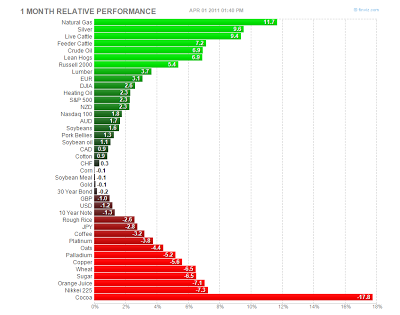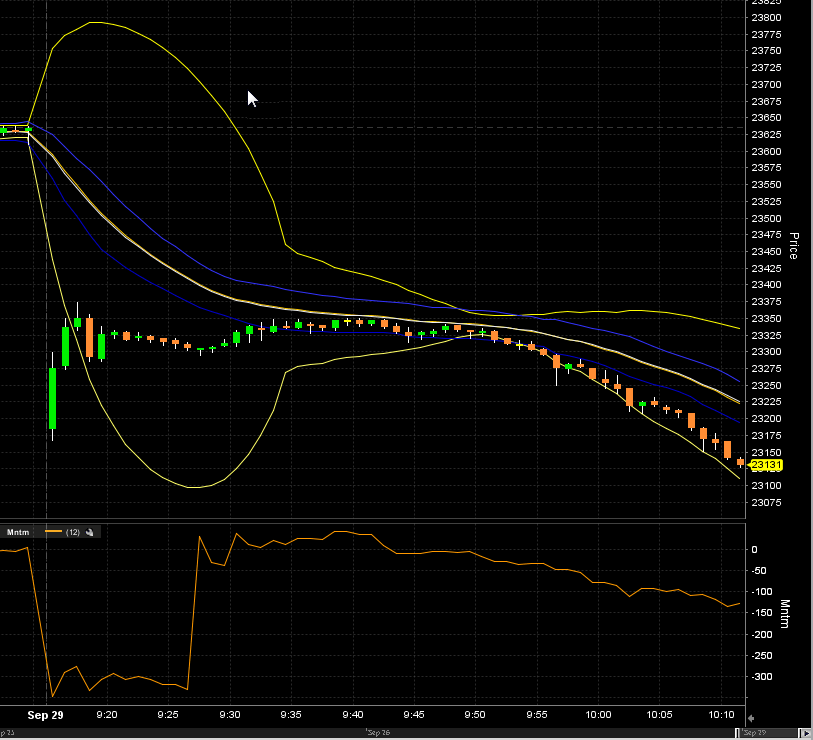Nikkei Futures_1
Post on: 19 Май, 2015 No Comment

Nikkei Futures
Nikkei futures are part of a complex and risky worldwide futures market. Nikkei futures deal with the buying and selling of contracts, not with actual products, such as cars. Two parties make an agreement in the futures market – one to buy at a set price and the other to sell a product at a set price. If either the buyer or seller can get a better or cheaper deal elsewhere, they can sell the contract in the futures market. The contract, not the product, can be sold in the Nikkei futures market. The contract lists the price per unit, the method and date when it will be delivered, and other specific information to protect both the buyer and seller. The contracts are generally transparent, with very clear and precise information.
Although the buyer on the Nikkei futures market agrees to accept products at a certain date, this may never happen if the investor sells the contract at the futures market. Besides, the products have not even been made when the buyer agrees at a pre-set price to buy them. When the contract is sold, the new owner will receive the products at this price unless the contract is again sold. Reasons for selling are usually because the same product is available from another contract that is for sale on the Nikkei futures market. For instance, if a seller agrees to sell a product for $10 in a futures contract with a buyer, and two months later has raised the price to $15, and both of these contracts are for sale, of course, investors want to buy the less expensive $10 futures contract. Once this is gone, however, the $15 contract may be the least expensive one for sale. Others could be $18, $25, or $50.
In the futures market, a contract is sold or bought at a set price. The Nikkei futures market is concerned with both the buying and selling of future contracts. A futures contract is one that is agreed upon now with delivery set for the future. Nikkei futures are often sensitive to the automobile markets because large manufactures like Toyota and Mitsubishi make up a significant portion of the index. Japanese car manufacturers would like to know how many cars to produce in the coming months so not to overshoot demand. Futures contracts from around the world help them judge how many buyers will be available. Futures contracts keep sellers from having too many products produced at their manufacturing plants. They prevent waste by eliminating surplus amounts of products because corporate owners know how many products, such as cars, will be sold.
Buyers and sellers in the Nikkei futures market want to hedge risk and speculate rather than exchanging physical goods. This means that the chance of actually acquiring a large delivery of a product is very slim. The cash market is the segment of the stock market that actually deals with the buying and selling of tangible products.

Futures markets around the world, including Nikkei futures market, reduce their risks because prices are fixed and cannot go up. This is an advantage to a buyer of many products who then sells to consumers who buy one product. It protects the consumer because it keeps prices low.
Nikkei futures, like all futures markets around the world, operates on a daily basis. Each day, profits and losses are settled, and they are not carried over to the next day. Both the buyer and seller receive their gains or losses that same day.
Buying and selling in the Nikkei futures takes place in a trading pit. Hand signals can be used as well as the cry system in which a buyer yells out that they are interested in the contract. Bids can also be made online.














